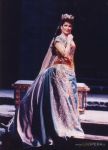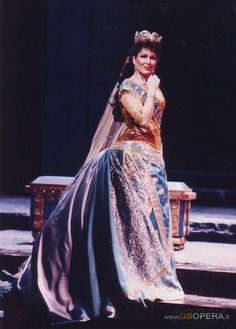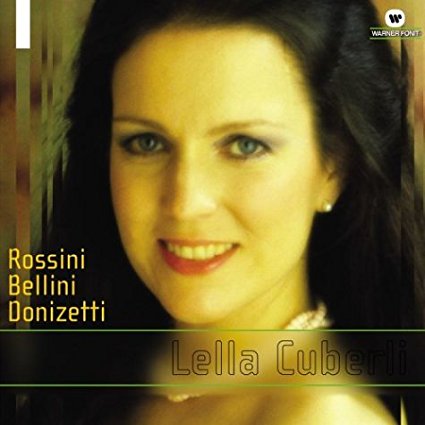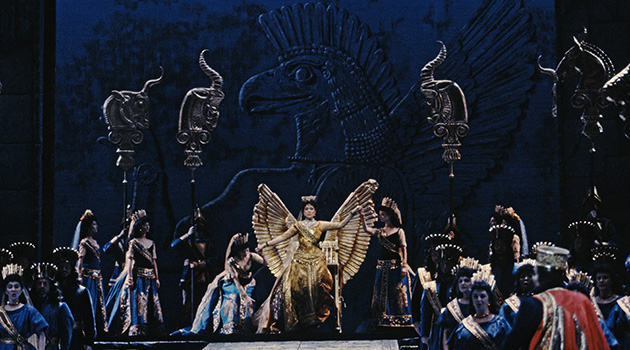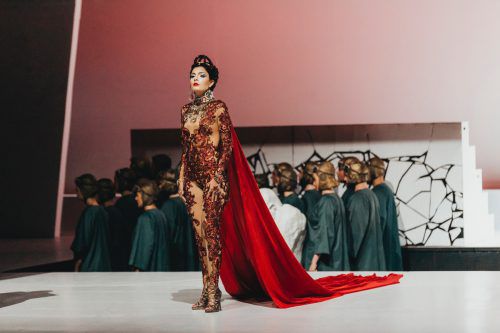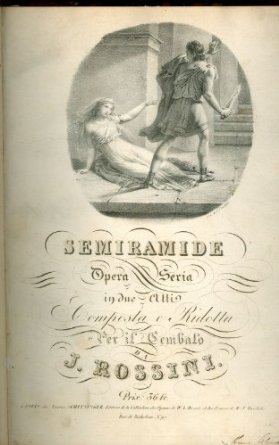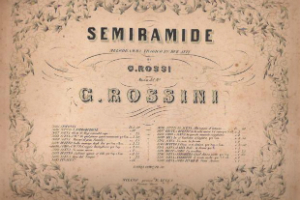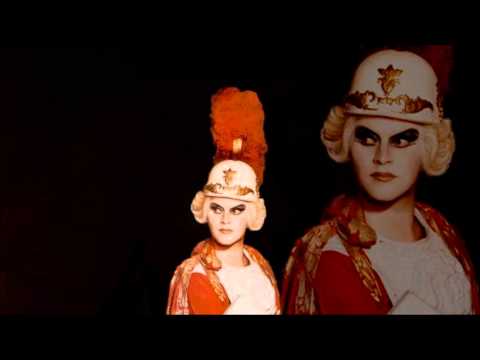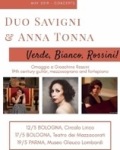
With all the hazards that social networks might have on our lives, I need to report that among some of the more positive things that have happened to me because of social networks (Youtube to be specific) was my connecting from my house in Bronx, NY to my new colleagues and dear friends Duo Savigini in Formigine in Italy.

My brain had feverishly thought up of a new project of early 19th century music by composers of Spain and Italy, focused on the composers that left Spain due the nefarious King Ferdinand VII of Spain. This new brainchild would need a forte pianist and romantic guitar player. On YouTube I found an unforgettable video of the Italian sisters Duo Savigni, playing a transcription of Verdi’s Rigoletto.

Duo Savigni and Anna Tonna at the Circolo Lirico Culturale Bolognese
May 12, 2019
I wrote Duo Savigni and received word from them two weeks later. We began to correspond and planned to meet the summer of 2017. Since then, I have made several trips to their town outside of Modena (birthplace of the great tenor Luciano Pavarotti). We played a small version of the Spanish 19th century concert on July 14 of 2017 (how appropriate for a concert about liberalist thought!). With the Rossini anniversary coming up in 2018, we turned our attention to Rossini: Verde, Bianco ROSSINI! was born; we planned transcriptions by Ferdinando Carrulli of overtures from La cenerentola and Il barbiere di Sivigilia; a small section of chamber music songs (including one by the Spanish diva and Rossini’s talented wife Isabella Colbran) and an opera section, which the Duo arranged for mezzo, forte piano and romantic guitar.
This spring and summer we are essaying our new concert in Bologna, Parma and Madrid. Our spring and summer tour began at Circolo Lirico culturale Bolognese on May 12, which continues at beautiful historical Teatro 1763 at Villa Aldrovandi Mazzacoratti on May 17 also in Bologna. We finish up here in Italy on May on Sunday May 19 at the former palace of Empress Maria Luigia di Parma (Napoleon Bonapart’s second wife and muse of Parma), the Museo Glauco Lombardi.
The opera arias included in the program are: “Di tanti palpiti” from Tancredi; “Ah quel giorno” from Semiramide and “Una voce poco fa” from Il barbiere di Sivigilia. Aside from the Rossini overtures, Duo Savigni essay their own arrangement of the song “Amori, scendete”, a small canzone in perfect neoclassical style by Rossini that was dedicated to the Duchess of Alba of Spain.
Next month we continue in Madrid (Spain) at the Museo de Romanticismo de Madrid on June 27 and at the Festival de Navas del Marques on June 30, to be held at the 12th century convent of Sto. Domingo and San Pablo.
While we are in Madrid this summer, we will visit the Museo Nacional del Prado to get some inspiration in Spanish romantic painting, as well as going to the National Archaeological Museum to see the guitar that once belonged to Spanish early 19th century virtuoso Dionisio Aguado.




